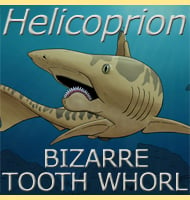Lophostropheus
In Depth Lophostropheus was initially assigned as a specimen of Halticosaurus until 1993 it was re-classified as a second species of Liliensternus, a genus that was also previously established as a species of Halticosaurus. A new study in 2007 however concluded that while the fossils were similar, they were different enough to be established as … Read more
